Fortifying St. George: Community Microgrids and Energy Resilience
Bright Horizons – How St. George’s Community Microgrids Boost Energy Resilience
If you’ve ever experienced a power outage in St. George, you know how valuable a reliable energy system can be. Community microgrids are changing the way our city manages power by offering local energy generation and storage that can keep the lights on even when the main grid falters. These localized power systems operate on a smaller scale, often using clean energy sources like solar power, wind, or biofuels combined with battery systems. In emergencies, they can switch into “island mode” so that essential services, such as health centers or emergency shelters, continue to function. For a place like St. George—where climate and geography can sometimes press the limits of our infrastructure—these microgrids offer a practical path toward energy security and resilience.
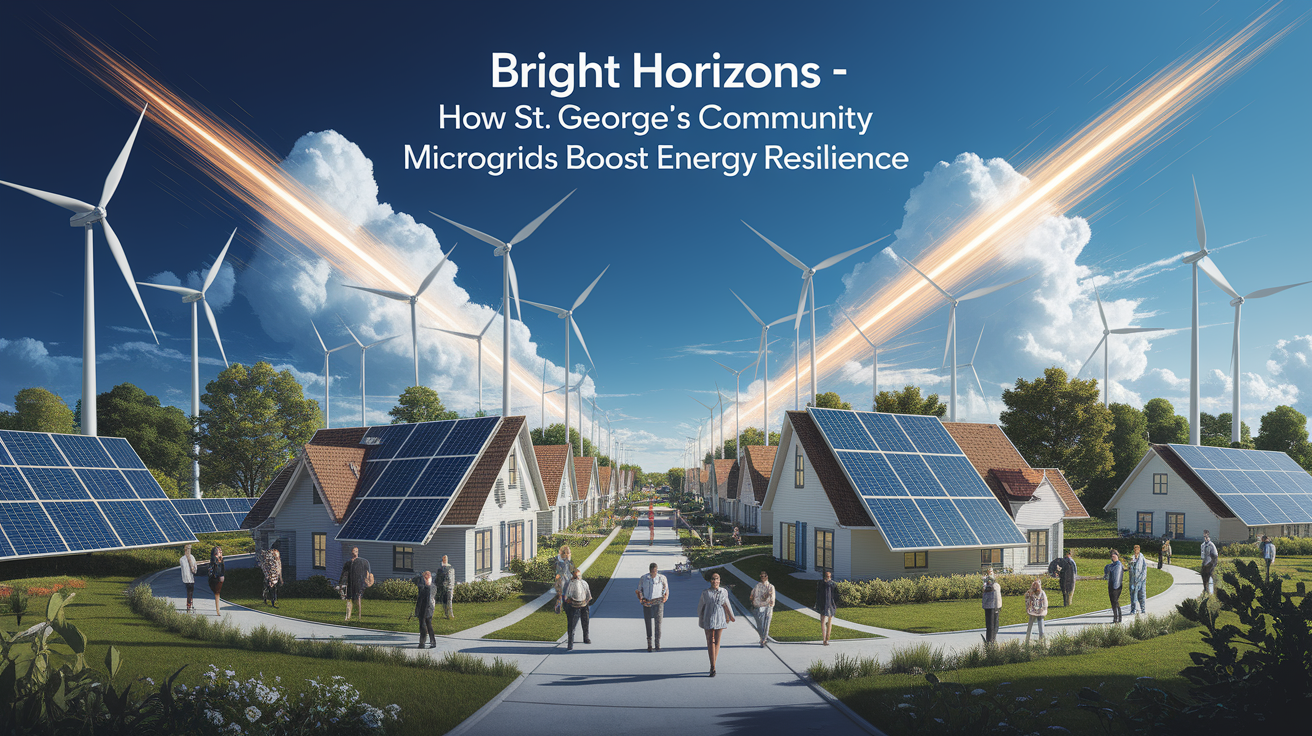
The Engine of Independence – How St. George Microgrids Operate
A community microgrid works a bit like a neighborhood power plant—but smarter and faster. Under normal conditions, these systems may be connected to the main utility grid, drawing or selling electricity as needed. When trouble strikes and the wider grid goes down, they automatically shift into an independent mode, supplying uninterrupted power to local users. They rely on “distributed energy resources” (DERs), meaning smaller, varied installations spread across the area—like rooftop solar panels, small wind turbines, or community battery banks. Load balancing software and smart controls make sure the system responds quickly to spikes in demand and keeps everything running smoothly. St. George’s microgrids are designed not only to meet everyday needs but also to act as dependable backup power systems when disaster preparedness becomes critical.
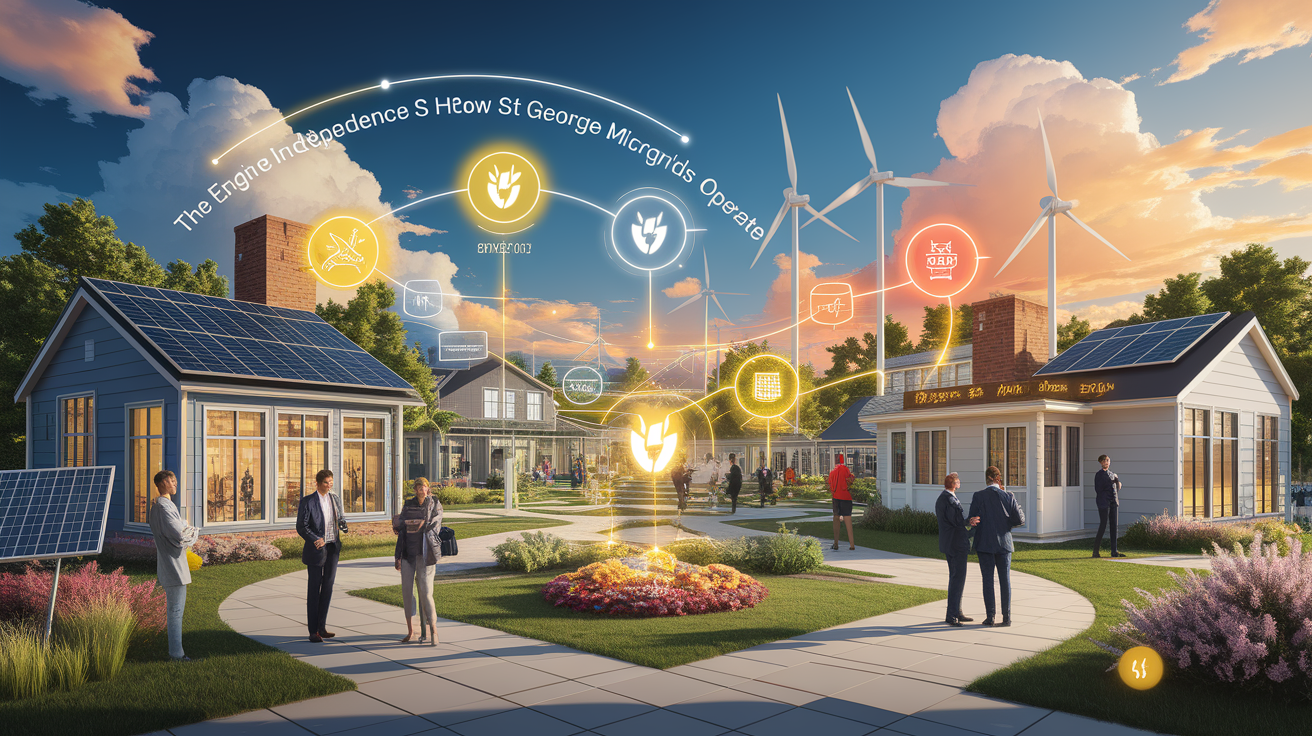
Pillars of Community Support – Local Impact and Services
These microgrids are more than just technical systems; they are genuine community assets. By supplying clean, local energy during outages, they keep vital services open, from public safety facilities to refrigeration units storing medication. They help reduce the city’s carbon footprint through renewable energy adoption and improve resilience against weather events common to our region.
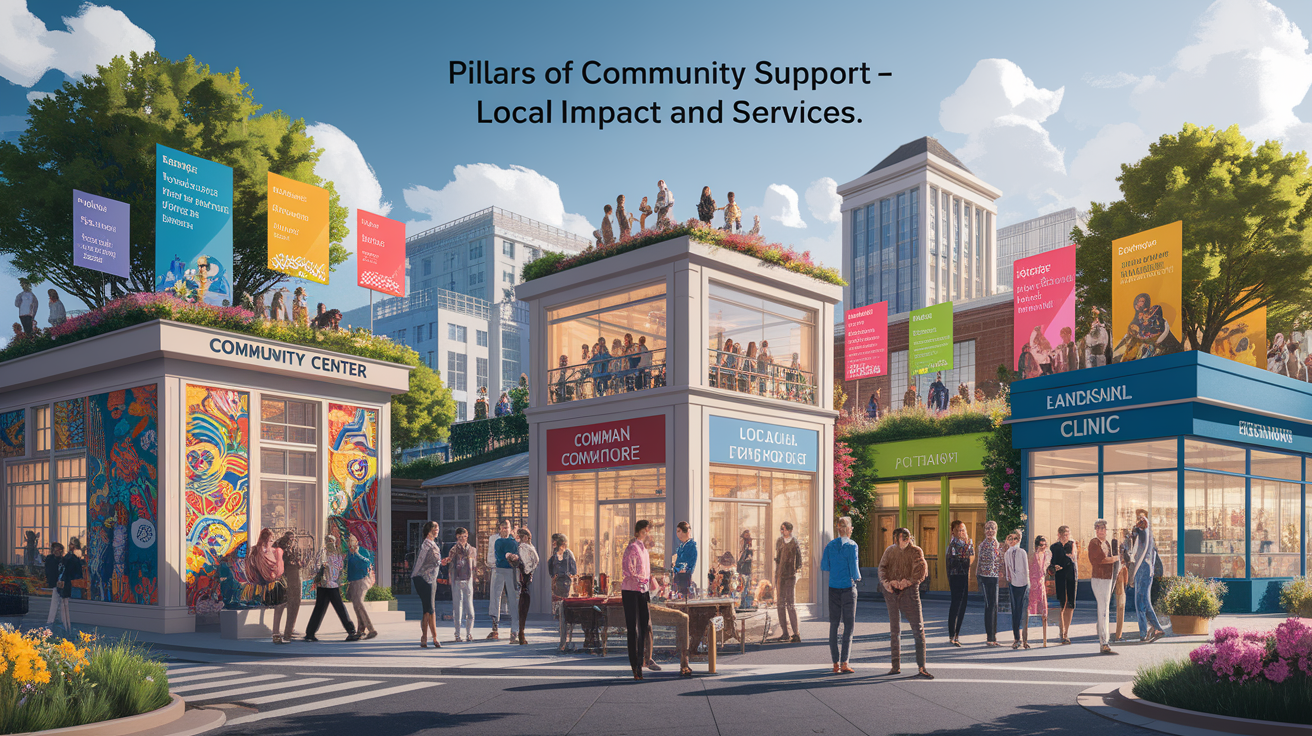
- Emergency shelters: Safe havens with power for communication devices, lighting, and refrigeration.
- Health facilities: Reliable backup power for equipment and climate control.
- Community centers: Spaces that remain operational for public support during crises.
In St. George, these systems help maintain not only comfort but safety, underpinning broader sustainable energy solutions for residents.
Syncing with City Strategy – St. George’s Renewable Integration Goals
The city’s energy planning isn’t just about today—it’s aimed squarely at the future. St. George’s Integrated Resource Plan includes goals to diversify power sources and increase renewable integration. Community microgrids fit perfectly into this strategy by helping the city achieve energy independence targets and building a decentralized power network that strengthens grid stability. Integrating locally generated solar energy with battery storage reduces peak demand on the main grid and offers long-term savings on energy costs. This alignment ensures that microgrid projects contribute to the city’s sustainability and resilience framework.
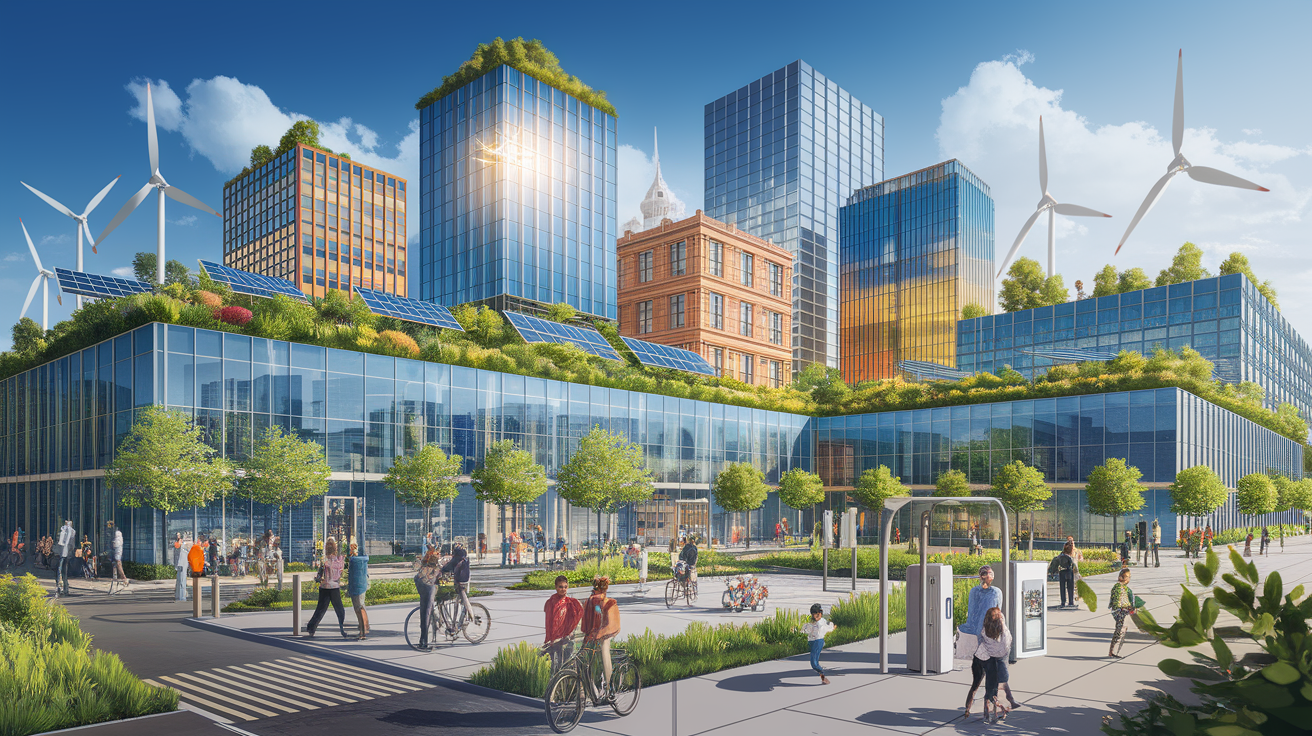
Cutting-Edge Resilience – Innovative Microgrid Technologies
Recent developments in smart grid technology have made community microgrids far more flexible and efficient than in the past. Companies like Torus are introducing capabilities that allow seamless energy sharing between local systems and enhanced storage solutions that extend operational resilience. Automation and intelligent control systems improve islanding capability, meaning microgrids can run independently for longer without any disruption. These innovations make implementation more cost-effective while supporting clean energy infrastructure and decarbonization efforts across Utah’s communities.
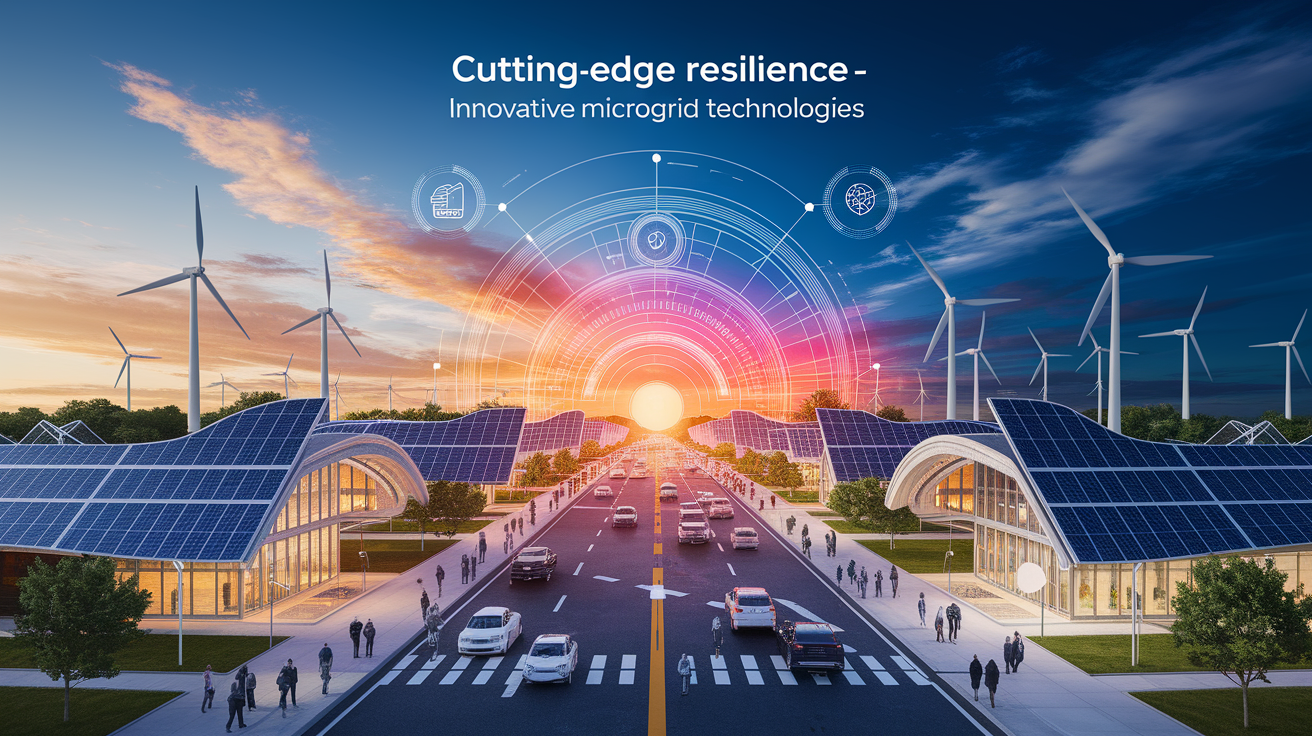
Radiant Futures – Scaling Energy Resilience in St. George
Looking ahead, St. George has an opportunity to become a model for resilient energy infrastructure in desert communities. Broad adoption of community microgrids could further reduce reliance on fossil fuels, strengthen climate resilience, and expand community energy planning. As policy support grows and financial models evolve, more neighborhoods could benefit from these systems, allowing for faster restoration after outages and a smoother path toward energy self-sufficiency. Building on existing projects and aligning with the city’s sustainability goals, the future of St. George’s energy landscape looks bright—powered by innovation, community spirit, and commitment to resilience.







